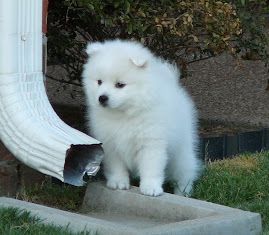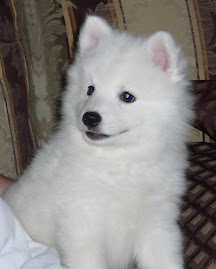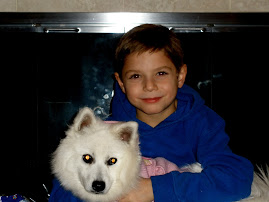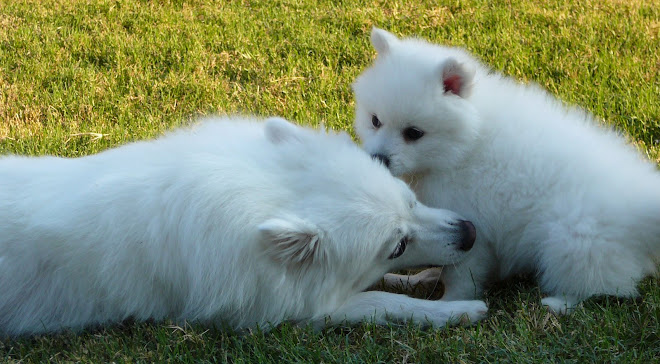So, you have a new puppy. Or, maybe your puppy is not so much new, as it is just new to you . Whether your puppy is 8 weeks old, 8 months old or 8 years old, it is never too late to start teaching the little guy manners and basic commands. After all, it’s proven that practicing positive reinforcement training with your dog helps establish trust, as well as encourages strong bonds between you and your pooch.
Sami was 10 months old when we enrolled him in PetSmart’s Beginner Training class. We actually didn’t enroll him simply to learn the basic commands, which can be taught at home. We enrolled him because we realized the importance of continual socialization with other dogs and people. Sami can be a little “sensitive”. At times, it can be easy to hurt his feelings. If he gets into trouble and we correct him sternly, he immediately wants to make up. If we refuse to make up with him, he will sulk in a corner until we show him that he is forgiven. A perfect example of Sami’s sensitivity occurred during his obedience classes.
The command "Leave It" can be useful in a variety of ways. The command is typically used to tell your dog that he is to leave something alone - whether a piece of food you dropped on the floor while cooking, or another dog you and your dog happen to encounter while walking down the street. The command can also be used to distract your dog from doing what he is about to do. In other words, say your dog is about to potty in your flower bed, and you can tell this is about to happen by the way he is sniffing around your flowers. A stern "Leave It", should tell your pooch that this is not acceptable and he will walk away, looking for another spot to do his business.
Sami’s obedience teacher decided it was time to teach him the “Leave It” command. This is taught by sitting on the floor and placing a treat on the floor beside you. When your dog goes for the treat, you cover it up with your left hand to prevent him from getting it and sternly say “LEAVE IT”. Meanwhile, you are holding a second treat in your right hand, of which your dog is unaware. Repeat this process until eventually your dog will stop trying to get the treat when your left hand is not covering it. Once your dog no longer attempts to grab the treat on the floor and you no longer have to cover it with your left hand, reward your dog with the treat you’ve been holding in your right hand. Then remove the first treat from the floor and put it away. This method also works with other items that typically entice your dog, such as a favorite toy. It is extremely important to remember that you should NEVER reward your dog with the treat or item that you are using as bait on the floor. ONLY reward your dog with the treat that you have been hiding in your right hand.
Anyway, back to my Sami story. All of the dog owners in our obedience class were sitting in chairs, in a big circle, around the room. The obedience teacher was sitting in the floor in the middle of the room and called Sami over to her. I let go of Sami’s leash so he could meet her, while I stayed seated in my chair at the edge of the circle. The teacher proceeded to use the method above to teach Sami the “Leave It” command. However, the moment she sternly used the words “Leave It”, Sami immediately ran back to me, jumped in my lap with his back facing the teacher. He then turned his head around to look at her with a pouty face, as if he were telling me, “that mean lady over there yelled at me . . .” Everyone in the class, including the teacher thought this was adorable. Unfortunately, Sami refused to practice this command for the remainder of the class. Nevertheless, even with that minor setback, Sami passed the class with flying colors. I can honestly say that he learned his commands much quicker than his classmates. Michael and I were both extremely proud.

In each blog entry of the “Teaching Basic Commands” series, I will explain how to teach your dog various basic commands, such as “Leave It“ (as discussed in this entry), “Sit“, “Lay Down“, “Stay“, etc. It is important to remember that you should never punish your dog while teaching a command. Rather, you should use positive reinforcement by rewarding wanted behavior. If you have any questions regarding these training techniques or the positive reinforcement training method, please feel free to e-mail me at SweetSamuraiKennels@gmail.com.



















